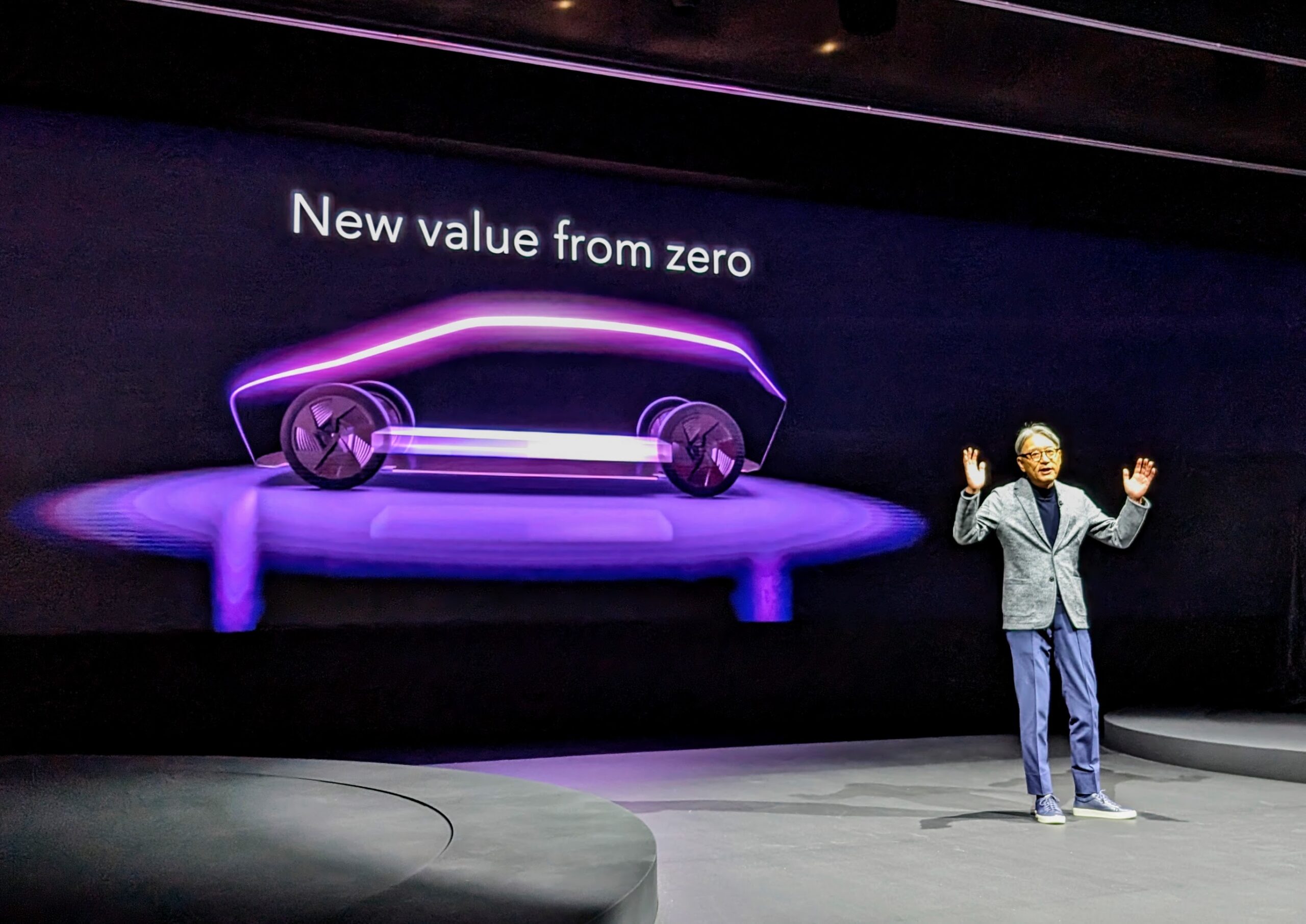Honda Paves Its Own Path With The Introduction Of The 0 Series Platform
Honda initially pinned its hopes of building the zero emission future of transportation on its hydrogen platform. It built up a line of vehicles under its Clarity platform to flush this out, building a hydrogen fuel cell electric version, a plug-in hybrid version and a short range battery electric version.
Each version succeeded in its own way and provided the insights Honda was looking for, enabling it to more accurately prioritize future technologies. After a few years of the Clarity, Honda announced a partnership with General Motors to utilize its Ultium battery technology for a range of Honda vehicles in the coming years including the upcoming Honda Prologue EV.

18 months after announcing the partnership with GM, Honda’s Global CEO Toshihiro Mibe told select media at a roundtable at CES 2024 in Las Vegas that the two companies would be parting ways, albeit on good terms. Instead, Honda would be blazing its own path into the future with a completely new platform developed completely by Honda.
To introduce the new platform, Honda showed off two exciting concept vehicles dubbed Saloon and Space-Hub. The two concepts are built around three ideological pillars that embody Honda’s design ethos for the next generation and highlight why Honda and GM weren’t the best fit from the start.
one
Honda vehicles are known for their affordability and quality. They are great family cars, built and sold in high volumes in order to drive the cost down. The first pillar of Honda’s DNA is building vehicles that are affordable for everyone.

Looking at the Honda’s first high volume electric vehicle the Prologue, this philosophy isn’t immediately obvious. Honda’s initial electric vehicles will necessarily be larger and more expensive, allowing the company to absorb the higher cost of the initial R&D and manufacturing expenses that come with ramping up a new technology.
Over time, Mibe believes the first few higher priced vehicles will drive economies of scale, allowing Honda to deliver battery electric vehicles that embody its commitment to affordability. “Honda will come up with an affordable EVs based on their own platform,” Honda’s Global CEO Toshihiro Mibe said in the media roundtable.
two
Honda was not satisfied with the the bulky, oversized electric vehicles that were coming to market, underpinned by their massive battery packs. This was likely a point of contention with General Motors with their oversized vehicles that look more like tiny homes than vehicles. Honda envisioned a future where its vehicles would be thin, light and wise.

These are core values of the Honda brand and things customers have come to expect from the brand over the years in its vehicles. Not only do these concepts translate to more fuel efficient vehicles, they represent an overall focus on building vehicles that bring more value to the customer.
The new Honda Saloon concept built on the 0 Series platform embodies these principles with its wide stance that feels more like a high performance sports car, its swept back roof line, and its spacious interior.
three
Honda saw electric vehicles as an opportunity to reprioritize vehicle design, pivoting away from vehicles designed around a motor and cockpit towards designed around humans. Honda calls this the M/M principle: Man maximum, machine minimum.

Both of the concepts Honda introduced at CES 2024 feature spacious interiors that are designed to look and feel more like a living room than the cockpit of a fighter jet or even a Honda you’d find on a dealership lot today. The interiors prioritize not just humans in their own space but interactions between humans.
For example, the Space-Hub concept features rear bench seats that face inward towards each other. The couch-like seats invite passengers to relax, spread out. and to open up to each other, connecting like never before possible in a vehicle. It’s a bold future that speaks to a new era of passenger safety, relaxation, and connection.

0 series
Honda believes these three principles are critical to its success as the automotive industry undergoes a once in a century transition to zero emission vehicles. These principles transcend powertrains and map out Honda’s path forward to a future with zero emissions, zero collisions, and infinitely more human interactions on our commute.
More than just buzzwords, the introduction of Honda 0 Series and the concepts we met at CES tie Honda’s dreams down to a real platform with a real shot at making it into production. Speaking of production, Honda expects to bring the first vehicle based on its 0 Series platform into production in 2026 based on one of these two concepts. We can’t wait.
The future is electric.
The future is now.
Have a tip for CleanTechnica? Want to advertise? Want to suggest a guest for our CleanTech Talk podcast? Contact us here.
Latest CleanTechnica.TV Video

CleanTechnica uses affiliate links. See our policy here.

